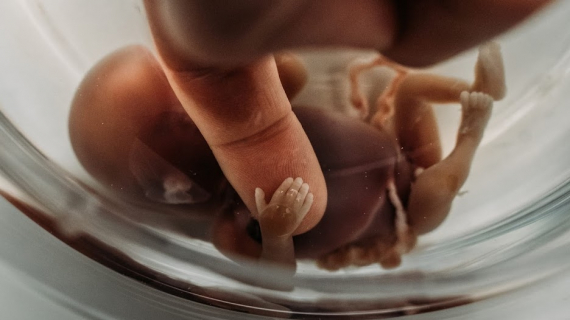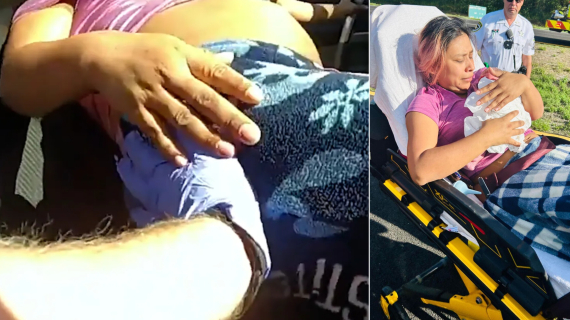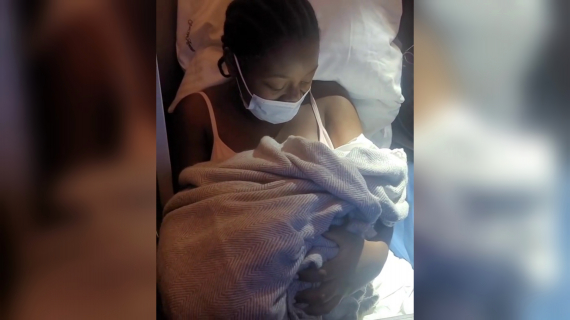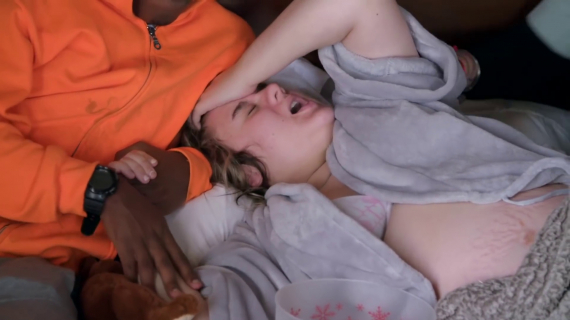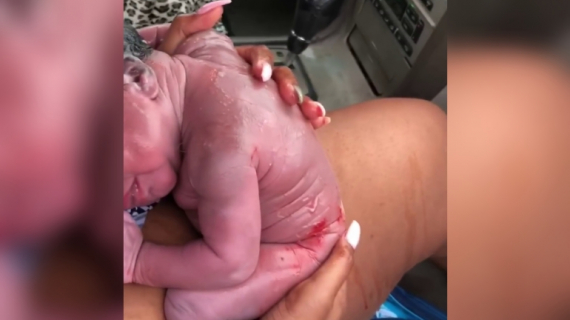Shoulder Dystocia at Birth
Shoulder dystocia is a specific case of obstructed labour whereby after the delivery of the head, the anterior shoulder of the infant cannot pass below, or requires significant manipulation to pass below, the pubic symphysis.
It is diagnosed when the shoulders fail to deliver shortly after the fetal head. Shoulder dystocia is an obstetric emergency, and fetal demise can occur if the infant is not delivered, due to compression of the umbilical cord within the birth canal.
Signs and symptoms: One characteristic of a minority of shoulder dystocia deliveries is the turtle sign, which involves the appearance and retraction of the fetal head (analogous to a turtle withdrawing into its shell), and the erythematous (red), puffy face indicative of facial flushing. This occurs when the baby's shoulder is obstructed by the maternal pelvis.
Risk factors: Shoulder dystocia occurs most frequently in larger babies. Women who've previously delivered a baby with shoulder dystocia or those who have gestational diabetes are also at risk. The risk also rises if you go past your due date before delivering or need to be assisted by forceps or vacuum during childbirth. Still, many cases of shoulder dystocia occur during labors without any of these risk factors.
Complications: The major concern of shoulder dystocia is damage to the upper brachial plexus nerves. These supply the sensory and motor components of the shoulder, arm and hands. The aetiology of injury to the fetus is debated, but a probable mechanism is manual stretching of the nerves, which in itself can cause injury. Furthermore, excess tension may physically tear the nerve roots out from the neonatal spinal column, resulting in total dysfunction. The ventral roots (motor pathway) are most prone to injury, as they are in the plane of greatest tension (anterior, sensory nerves are somewhat protected due to the usual inward movement of the shoulder).
- Klumpke paralysis
- Erb's Palsy
- Fetal hypoxia
- Fetal death
- Cerebral palsy
- Maternal post partum hemorrhage (11%)
- Vaginal lacerations and 3rd/4th degree tears, extended episiotomies
- Uterine rupture

